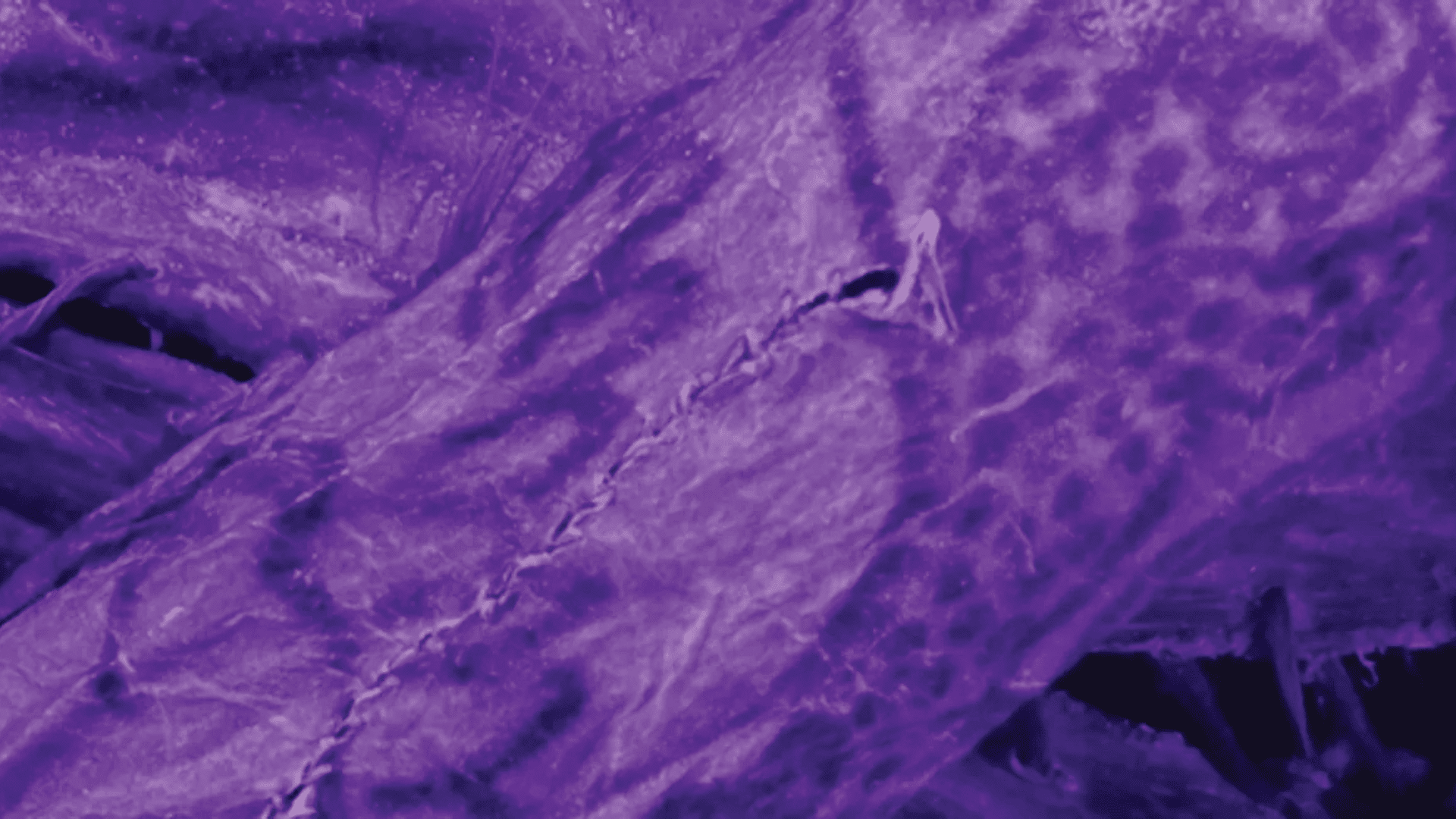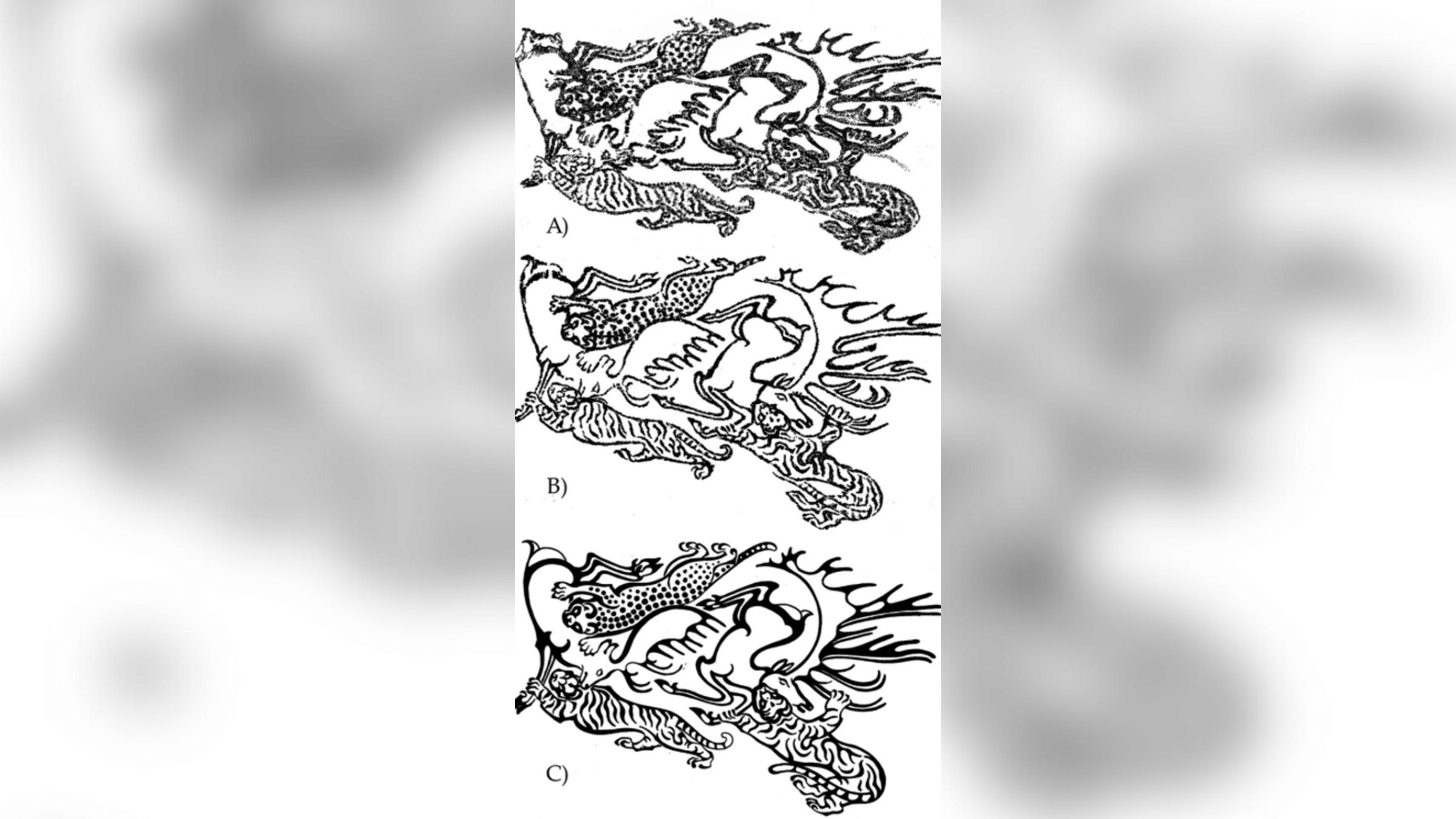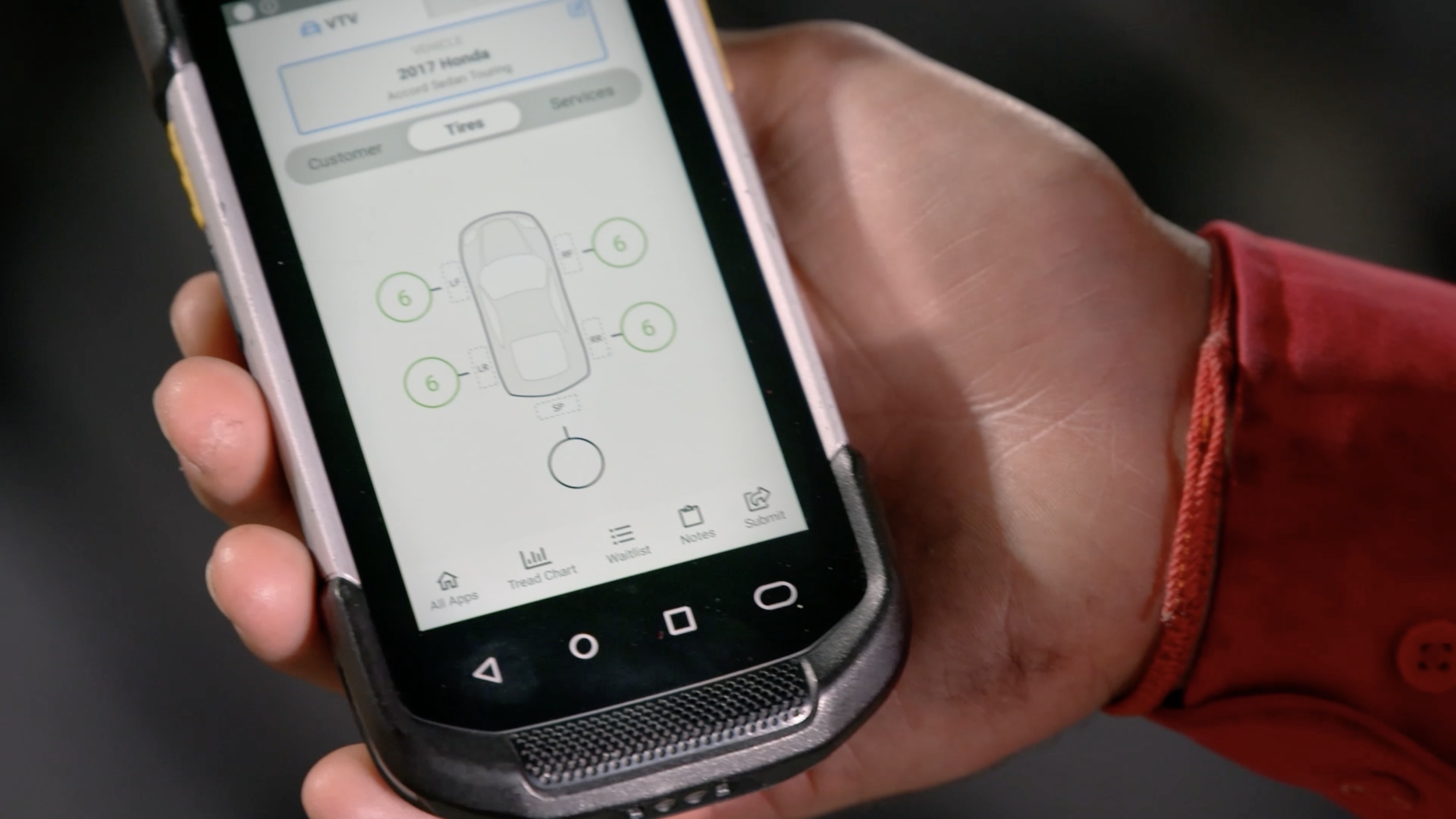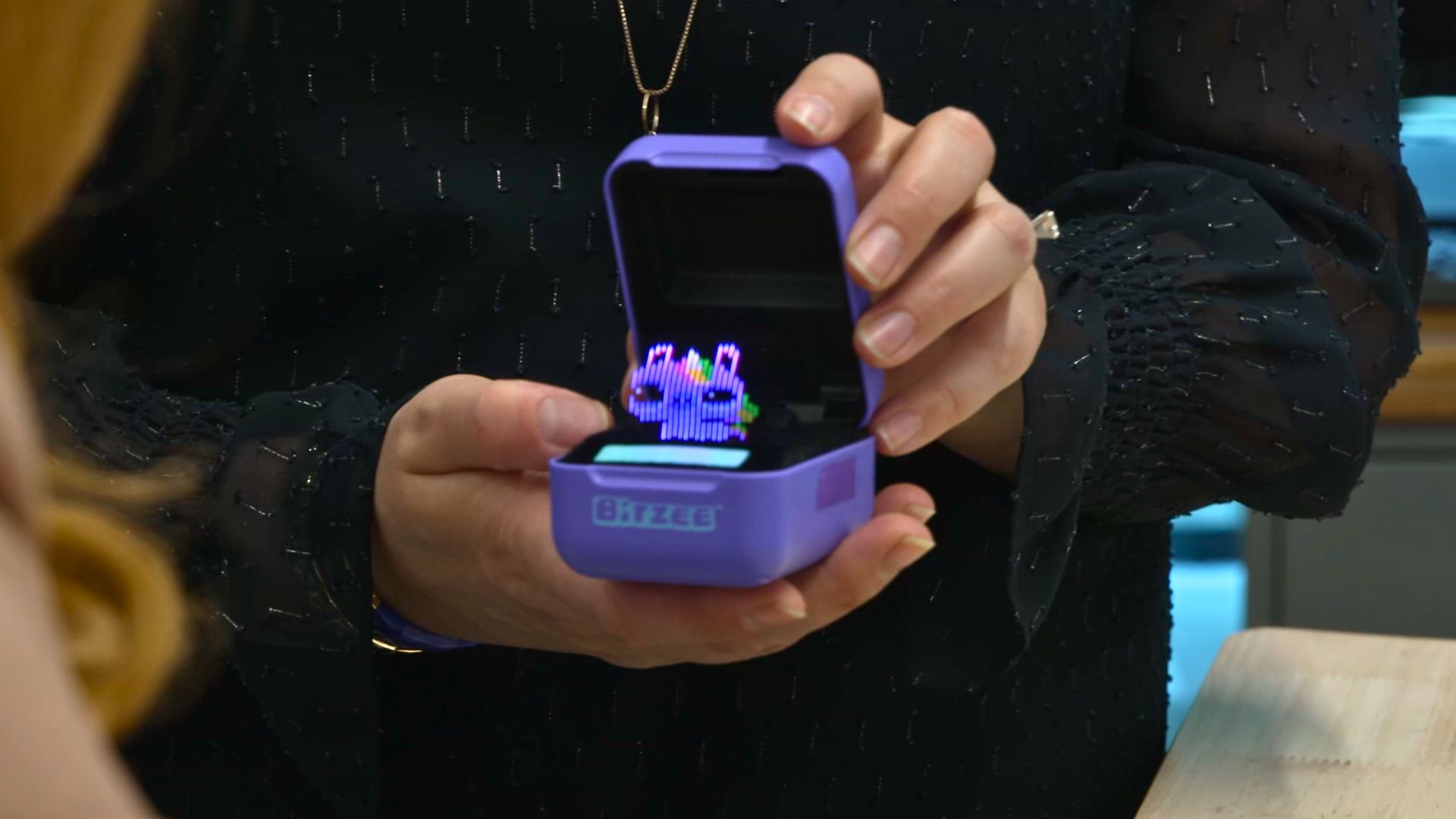Imaging reveals new details on the tattoos of a 2,000-year-old Siberian ‘ice mummy,’ giving researchers and modern artists new insights into ancient art.
Ancient Artistic Techniques

Since tattooing is widespread across isolated cultures, researchers believe it has ancient origins. They’re difficult to study, however, as skin isn’t typically well-preserved enough to discern much about the ancient artwork or cultures that had them.
In the Altai mountains, however, up to 2,000-year-old bodies were buried in chambers and kept in good condition due to permafrost. A study detailing the first exploration of one of the bodies noted a significant contrast between the artwork on each arm.
Rather than the schematic drawings previously used, the new study involved making a 3D scan of an Iron Age mummy using digital near-infrared photography. Authors of the study then consulted a modern tattoo artist for an assessment of the work and what would have been required to make it.
Based on the differences, researchers believe either that the work on the right arm was completed by an artist more skilled in technical work or that the arms represent an individual’s progress over time. They also believe the more detailed drawings on the right arm had to be completed over at least two sessions.

The artist created drawings of cats, a rooster, and two deer, and fitted them to the natural shape of the body. Some of the effects created by the artist would be hard to achieve even by professional tattooists using modern equipment, which raises questions regarding what tools the Pazyryk tattooists used.
“The interpretation of tattoos in prehistoric contexts necessarily remains speculative and may never reach the intricate richness of meaning with which the images and practices were originally associated,” the authors write.
The discovery has also led to the conclusion that tattooing was considered a skilled craft that likely required formal training within this region’s culture.
“The study offers a new way to recognize personal agency in prehistoric body modification practices,” Dr. Gino Caspari of the Max Planck Institute of Geoanthropology said in a statement, according to IFLScience. “Tattooing emerges not merely as symbolic decoration but as a specialized craft – one that demanded technical skill, aesthetic sensitivity, and formal training or apprenticeship.”
“This made me feel like we were much closer to seeing the people behind the art, how they worked and learned and made mistakes,” Caspari concluded. “The images came alive.”






